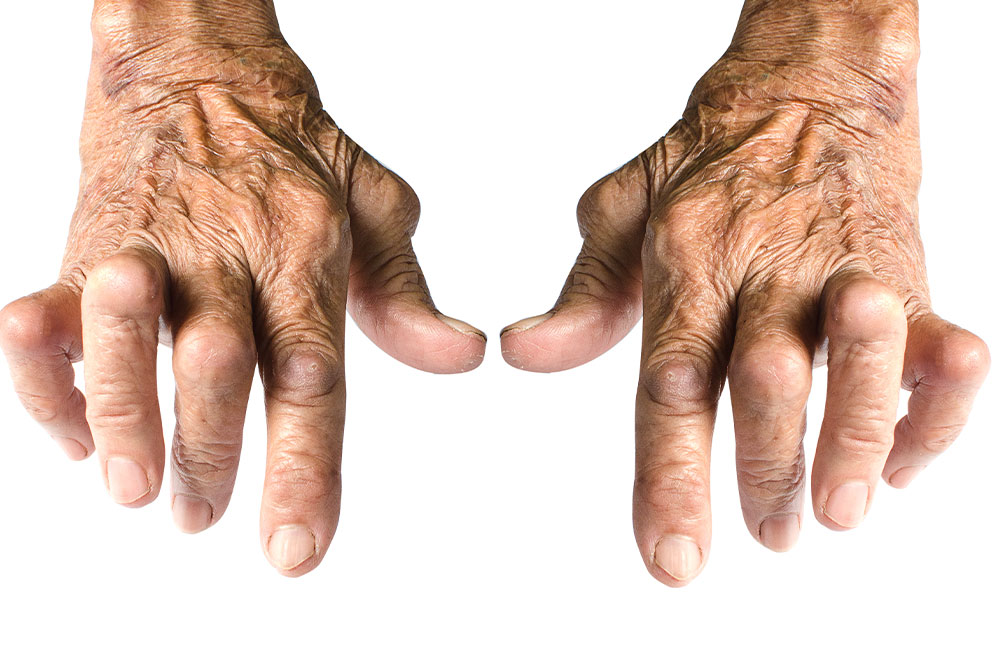5 clear signs of halitosis

Halitosis, commonly known as bad breath, is a prevalent concern usually brought on by certain foods, health conditions, and habits. Persistent bad breath can impact social interactions. Often, one may not be aware that they have halitosis, as their own senses adapt to the symptoms over time. So, recognizing its signs is the first step toward addressing this concern. Here is a look at the top signs of the condition:
Persistent unpleasant odor
One of the most prominent signs of halitosis is a persistent and unpleasant odor arising from the mouth. This odor often lingers despite regular brushing and oral hygiene practices. It is crucial to distinguish between temporary bad breath, which can be caused by pungent foods, and the long-lasting, foul breath associated with halitosis.
Lingering bad taste
Those with halitosis often complain of a persistent, unpleasant taste in their mouths. This taste may be described as metallic, bitter, or foul. It can linger throughout the day and may intensify after having certain foods or beverages.
Dry mouth
Saliva plays a crucial role in maintaining oral health by rinsing away food particles and neutralizing acids produced by bacteria. When the mouth does not produce enough saliva, a condition known as xerostomia or dry mouth can occur. It can lead to an environment conducive to bacterial growth and, subsequently, bad breath. Chronic dry mouth can be a strong sign of an underlying issue contributing to halitosis.
Coated tongue
A white or yellowish coating on the tongue’s surface is often a visual indicator of bacterial growth. This accumulation of bacteria can release foul-smelling compounds, contributing to halitosis. Proper tongue cleaning, along with regular dental check-ups, can help address this issue and mitigate bad breath.
Gum disease
Gum disease, or periodontitis, is a bacterial infection of the gums that can lead to the breakdown of gum tissue and jawbone. This condition not only causes bad breath but also poses significant risks to oral health. The bacteria responsible for gum disease release volatile sulfur compounds, which are notorious for their unpleasant odor. If left untreated, gum disease can exacerbate halitosis.
Additionally, one may be able to observe signs of certain medical conditions that contribute to the development of halitosis. These may include respiratory infections, sinus issues, diabetes, and gastrointestinal disorders. In such cases, the underlying medical condition needs to be addressed in order to effectively manage bad breath.
Managing bad breath
While addressing the underlying causes of bad breath is essential for long-term relief, sugarless mint gum can serve as a helpful temporary solution. Chewing gum can stimulate saliva production, which helps rinse away bacteria and neutralize acids that contribute to bad breath. Additionally, the minty flavor can provide a quick burst of freshness. However, it is important to note that sugarless mint gum is not a substitute for proper oral hygiene and addressing the root causes of halitosis. However, among the remedies available, sugarless mint gum stands out as a convenient tool in combating bad breath, thanks to its ability to stimulate saliva production.




